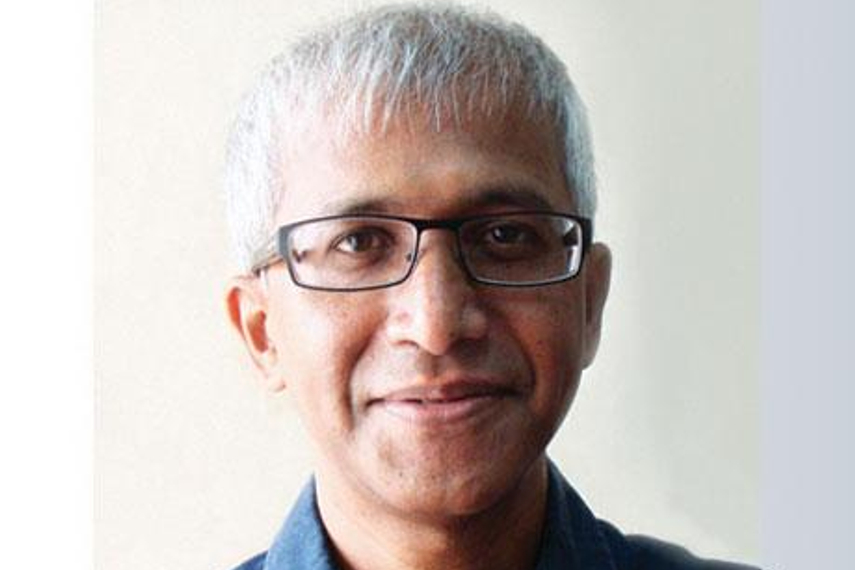Recently, while conducting the ‘Creativity at Three Levels’ workshop for the top management of a global company, a participant asked me, “You say unlike other old civilisations like Egypt, the Indian civilization has an unbroken thread. Is there proof? If yes, is it visible in day-to-day business as opposed to in arcane cultural practices?”
My answer?
There are many unbroken threads. Let me talk about one.
I was a Creative Director in ad agencies between 1986 and 1999.
A Creative Director evaluates creative ideas every day. In India, there were always two sets of writers: those who wrote in English, and those who wrote in ‘other languages’.
Every single time, without exception, when a writer (let’s say the redoubtable and ever-smiling Jaikrit Rawat) who wrote in Hindi came to me, he would say, “Kiran, listen to this.”
Every single time, when a writer (let’s say the wickedly humorous Rahul D’Cunha) who wrote in English came to me, he would hand over the sheet and say, “Kiran, read this.”
Every single car brand introduced in India, whether at lower end or luxury, has had its horn re-calibrated to a higher level.
Sony Trinitron failed in India until someone told them that in India, a TV is actually a music system...and they re-calibrated their sound system to a higher volume. Success.
Combine this insight with a retail shopping scenario where the 5-million-odd mom-and-pop shops do not display merchandise, and you realise how important brand recall is as opposed to brand recognition: the buyer must be able to pronounce your brand name rather than identify your brand packaging.
If these are not business effects of an unbroken culture, what are?
“These are indeed surprising insights, but would you know why?”
Yes. Because, for centuries, we Indians have trusted our ears rather than our eyes.
Every single slogan in Indian languages, whether advertising or otherwise, is a rhyme.
“Bari, bari, sab ki bari, ab ki bari, Atal Bihari.”
BJP’s slogan at a Lucknow election rally in March 1996.
“Jaat par na pat par, mohar lagegi haath par.”
P.V.Narasimha Rao coined this slogan for the 1996 elections.
Our classical music is not written on sheets, it is taken by heart.
Our dance is not written on sheets, it is taken by heart.
All our mainstream feature films are musicals.
Just in case you are going to attribute all this to illiteracy, listen to this: Captains of industry, worth many billions in market cap, enter Business Class on flights, and helplessly dangle their boarding pass. “2C?” Only when the petite air hostess verbally reassures them about the one-to-one correspondence between the 2C printed and 2C painted do they lower their expensive rears into the expensive seat.
“Yes, now I understand this propensity manifests in areas beyond business, but still, why?”
Because in Indian philosophy sound is at the crossroads of spirit and matter.
The eye can suffer from optical illusion, there is no such thing as acoustic illusion, therefore everything that needed exactitude (maths, ayurved, architecture) was preserved through rhymed couplets.
So from a deep philosophical belief to current business practice, an unbroken thread exists.
But.
Indrasabha, a film in 1932, had 71 songs;
Dabangg, 2010’s biggest grosser had six;
many others in 2010 have had no songs.
In several Indian cities, there are groups militating against the high level of noise during festivals and rock concerts, right?
So are we Indians winding down on our ear obsession?
Close to 30 million Indians live abroad: maybe they understand written 2C is written 2C?
Their eyes are taking over their ears?
Maybe in a couple of decades, Indian roads will be not horny, our films will not be musicals, and silence will become a virtue.
Scary or fun?
What do you say?

